People
Faculty
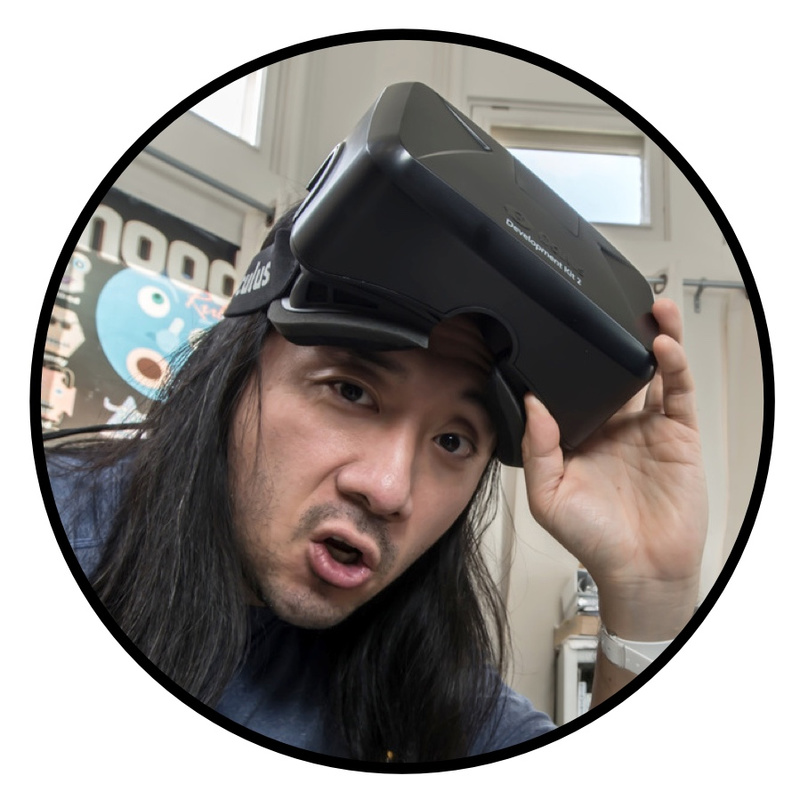
Ge Wang is an Associate Professor at Stanford/CCRMA, the designer of the ChucK music programming language, director of the Stanford Laptop Orchestra, Co-founder of Smule, designer of Ocarina and Magic Piano for mobile phones, a 2016 Guggenheim Fellow, and the author of Artful Design: Technology in Search of the Sublime, a (comic) book about the craft, aesthetics, and ethics of shaping technology. Ge leads the Music.Computing.Design research group at CCRMA.
Researchers

Jack Atherton is a Ph.D. student at CCRMA studying immersive musical environments and programming languages in VR. His work hopes to help more people make musical art in informal contexts as a means of enriching their lives. He uses the lenses of folk art, artful design, human flourishing, and audio-first virtual realities to figure out what to do next!
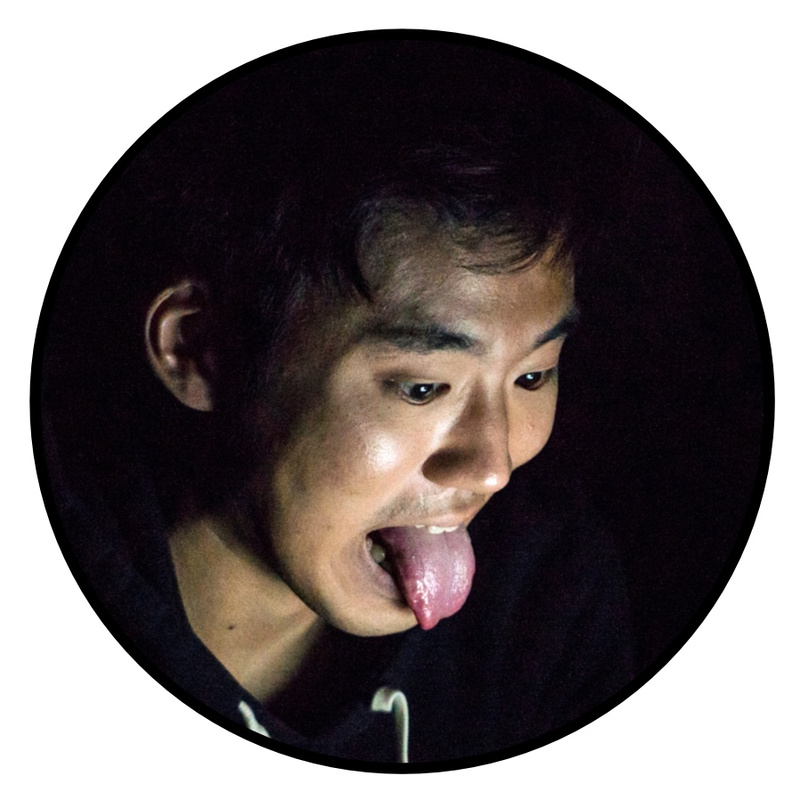
Kunwoo Kim is a CCRMA Ph.D. student, researching artful design in various mediums, including the designing of aesthetic lenses of human values in the medium of VR. His previous works—Music and Evolution, MIDI.CITI, rU01, rU10, and The Fisherman—express human qualities in the form of real-time audiovisual interactions. He aspires to expand his design into social, philosophic, and ethical dimensions of virtual reality, and suggest future directions and artful methods of imbuing human nature and music into this immersive medium.
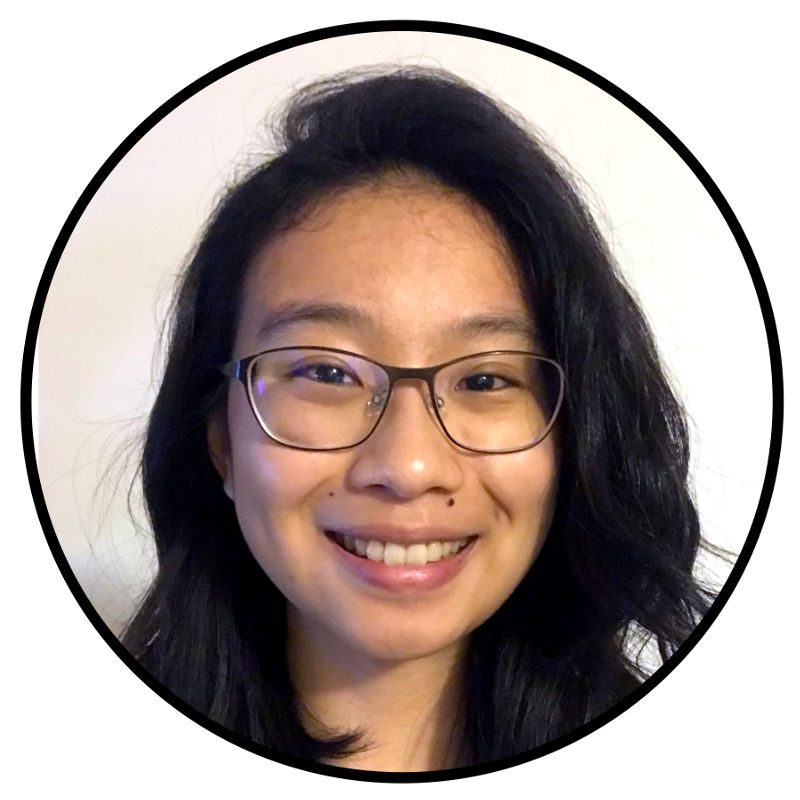
Kathleen Yuan is a master's student at CCRMA designing participative VR music experiences to encourage human flourishing through reflecting on our individual and collective human conditions. Kathleen is currently contemplating how to create virtual spaces for asynchronous group improvisation, capture rich social histories in VR, help people cultivate a sense of agency and ownership in shared creative work, and befriend as many cats as possible.
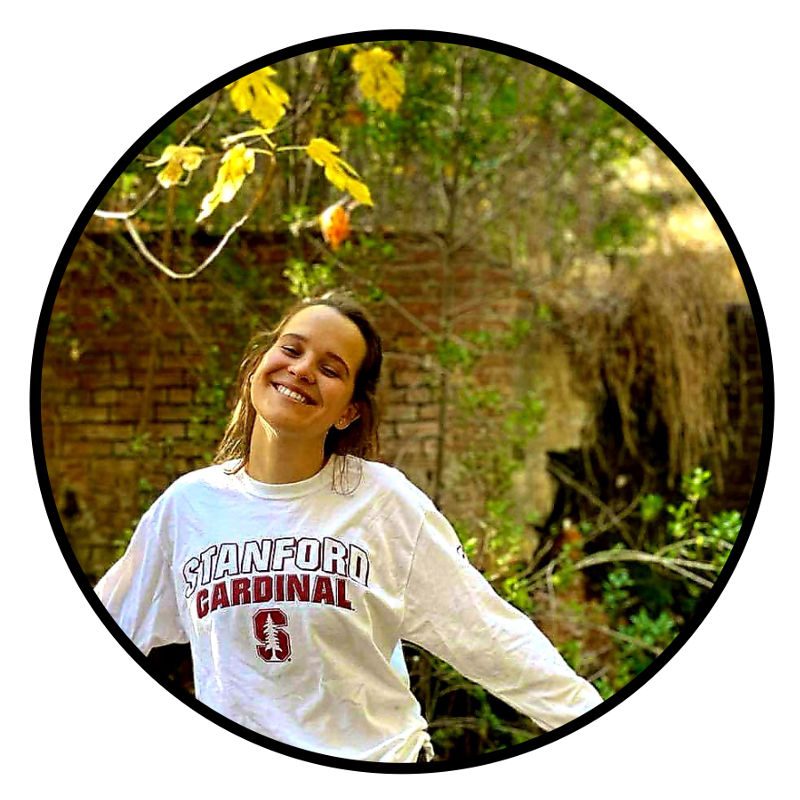
Marise van Zyl is a Ph.D. student at CCRMA who is slowly making her way into the world of VR. She is interested in bridging physical distance through immersive environments and creating platforms for engaging in rich social interactions. She just wants to spread some love and music in the world!
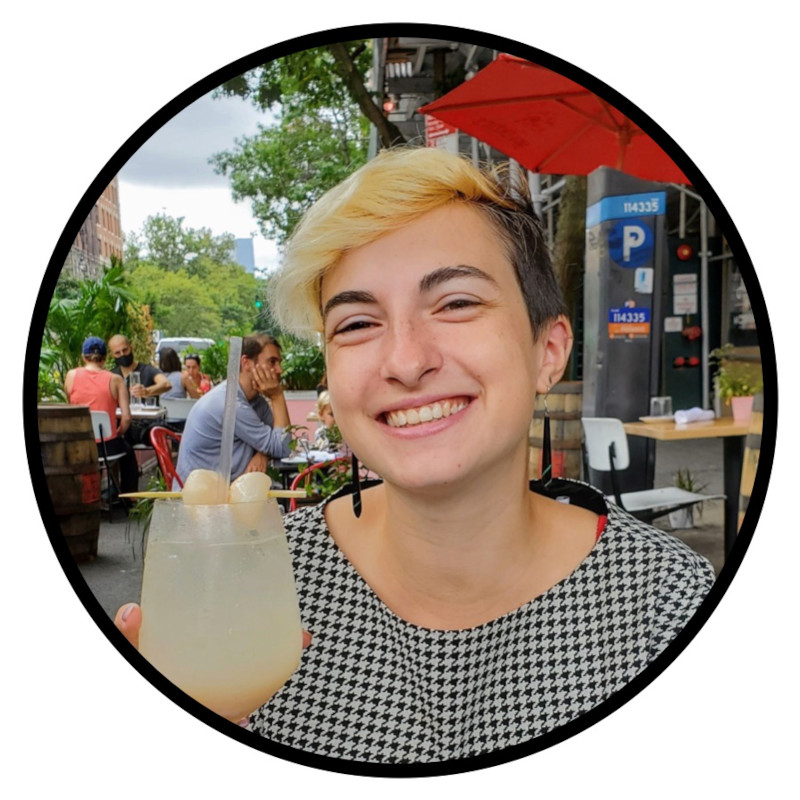
Julia Mills is a master’s student at CCMRA, interested in the intersection between VR experiences and algorithmic composition tools. Her work tends to focus on the surreal and our relationship to the natural world. Currently, her research is centered around answering the question “Why VR?” and exploring conscientious approaches to this new medium.
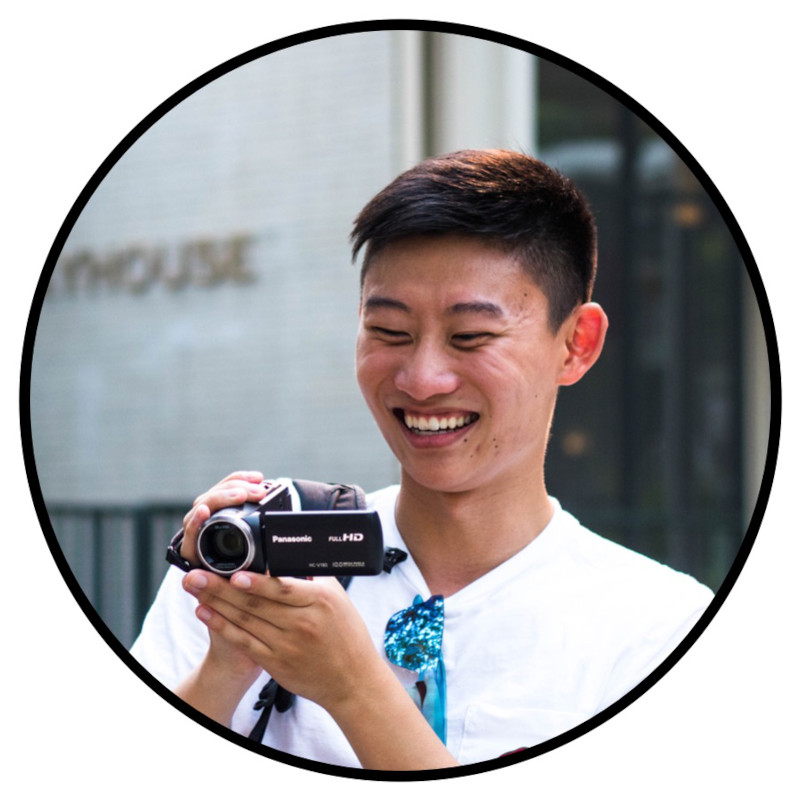
Andrew Zhu Aday is a master's student at CCRMA interested in exploring the potential of VR as an educational tool and creative medium for new musical experiences. His current work focuses on creating a VR environment where users can construct and perform harmonic lattices as a way of learning about functional harmony. Looking forward, he hopes to continue experimenting with novel audiovisual design patterns and interactions.
Alumni
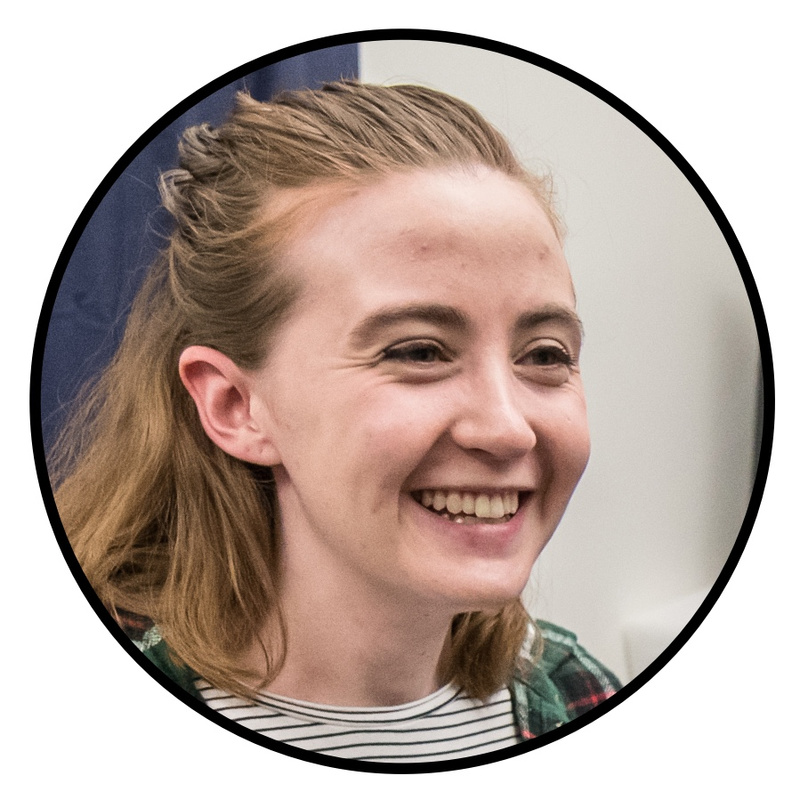
Marina Cottrell is a master's student at CCRMA, and is interested in how machine learning can be used to better create music and understand how we as humans interact with it. Through her work on the Facebook Audio team, she has also become interested in 360 audio and the nuances of sound in 3D space. Her previous VR works have explored her interest in musical gaming, but she is interested in branching out and creating other ways of experiencing music through VR. She has a dog Lola who is learning to keep her distance when Marina has a Vive on her face.
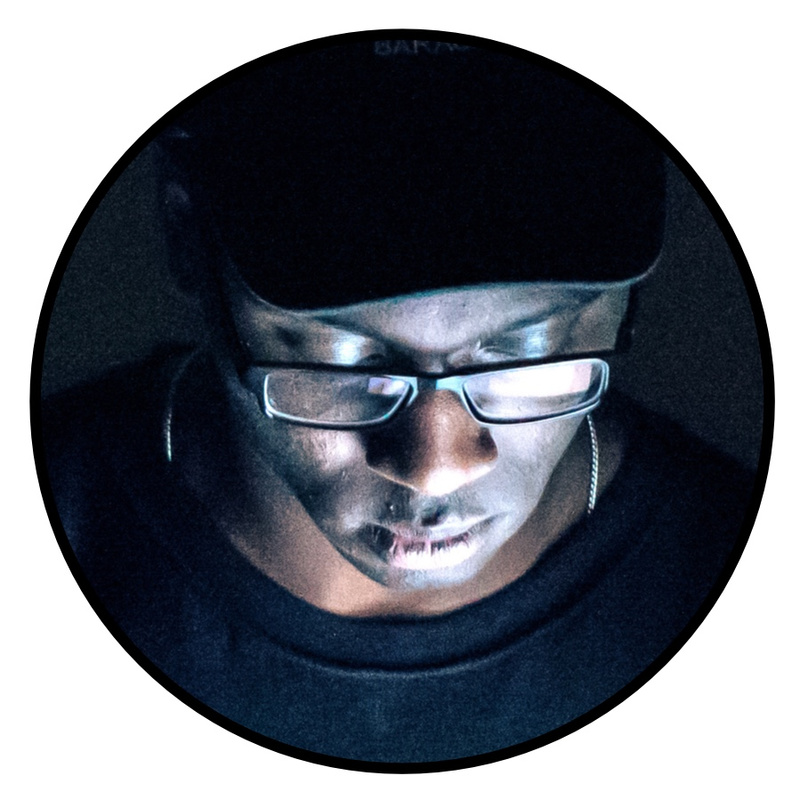
Charles Foster is a master's student at CCRMA, studying design in the context of interactive sound. He works to bring elements of the strange, the uncanny, and the sublime—often encountered in the "real world"—into his electronic and virtual creations. Within the VR Design lab, he has been experimenting with the design of virtual sacred spaces: environments meant to evoke a sense of transcendence and stillness. His work-in-progress work, Form, is a small audio-visuo-tacti-temporal demo of this sort of space. He hopes that when the world of virtual and augmented reality arrives, we remember to bring such places with us.
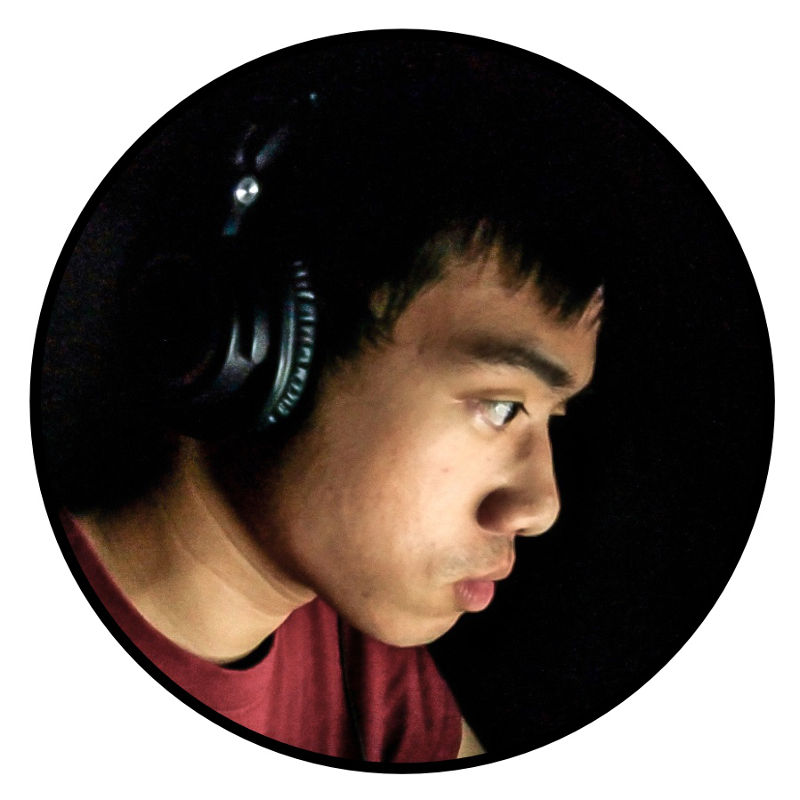
Mark Sabini is a coterm in Computer Science, interested in exploring the aesthetics of VR group performance. Many of his previous works, such as MandalaBox and Unblind, draw on his fascination with world cultures and music. Regardless of the medium or project, he always aspires to find ways to make things beautiful, whatever that may mean.
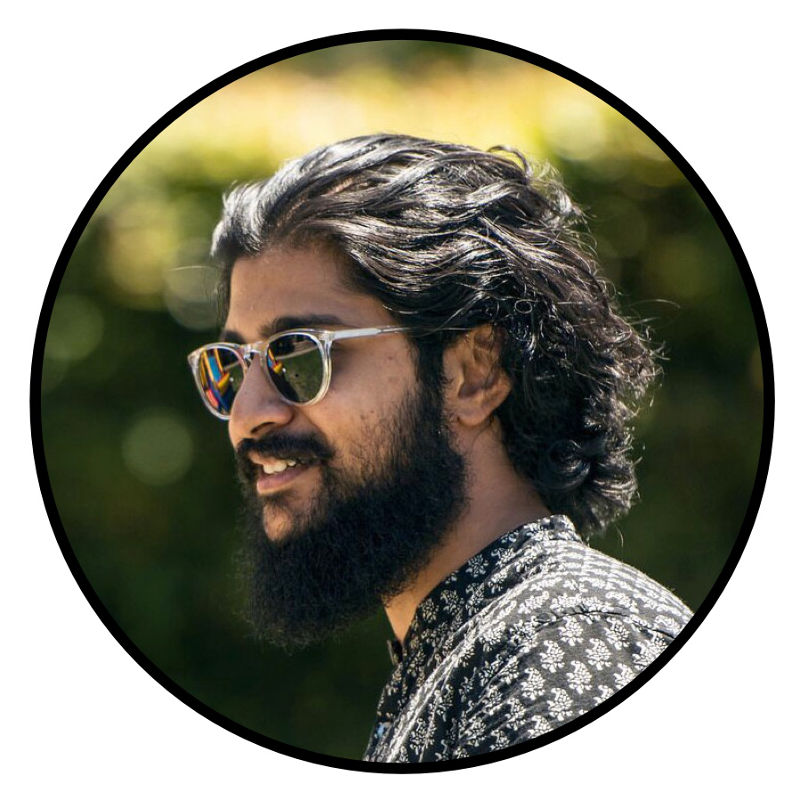
Trijeet Mukhopadhyay is a graduate student at Stanford HCI, working in the intersection of design, art, and technology. He is interested in designing tools for creative expression, and has been drawn to VR to explore its nascent design space and multisensorial affordances.
Many thanks to...
Matt Wright for his help to set up the space and hardware.
Nette Worthey for facilitaing many equipment orders, and for general good cheer.
Stanford Arts for their support and connecting groups interested in VR research at Stanford and beyond.
The CCRMA community!